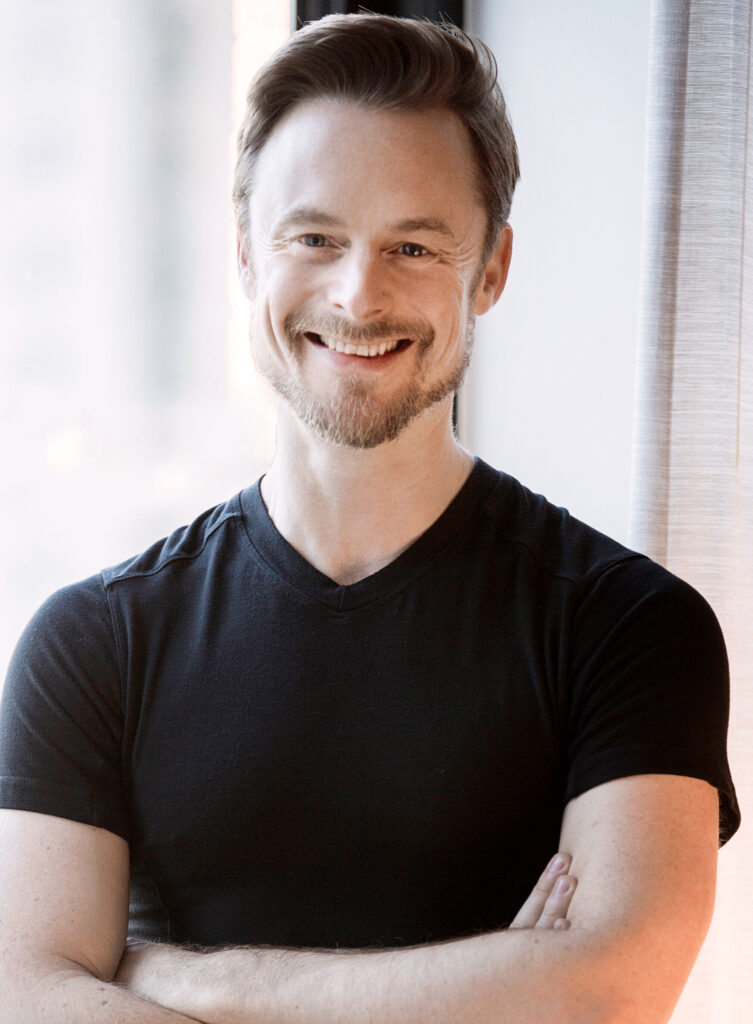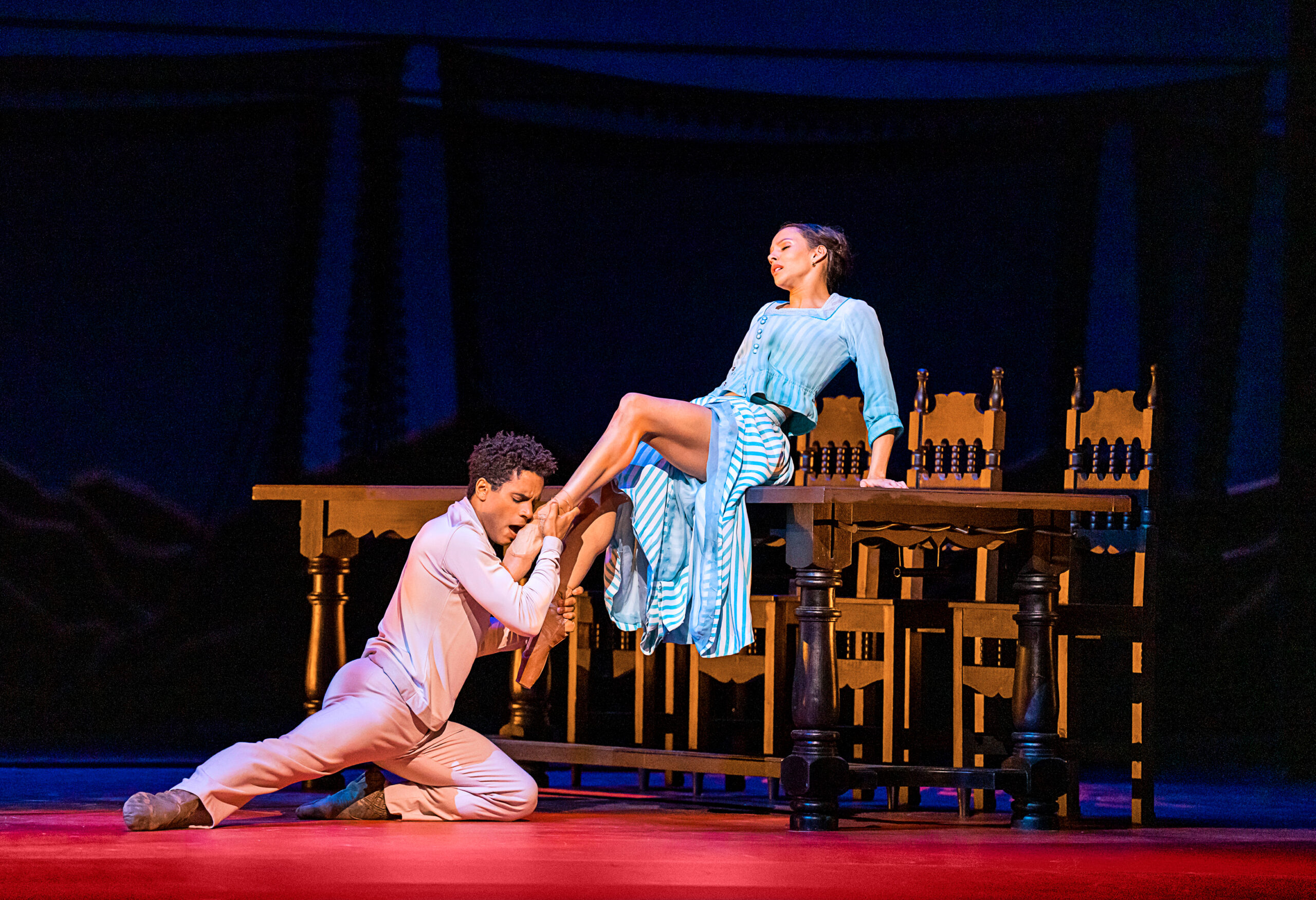Christopher Wheeldon Talks Bringing Like Water for Chocolate to the U.S.
Christopher Wheeldon has grown into an expert storyteller. After starting out more as a choreographer of abstract neoclassical ballets, the New York City–based Brit has showcased his narrative prowess in ballets like Alice’s Adventures in Wonderland, Cinderella and The Winter’s Tale, and on Broadway, in the Tony Award–winning An American in Paris. His latest work is a retelling of Mexican author Laura Esquivel’s magical-realist novel Like Water for Chocolate, portraying the intense, doomed love between Pedro and Tita, a young woman who pours her unrequited emotions into her cooking. Premiered by The Royal Ballet in London last summer, it will make its U.S. debut with American Ballet Theatre this month at the Segerstrom Center for the Arts in Costa Mesa, California.

I know you first came across the film of Like Water for Chocolate soon after you arrived in New York City in the early ’90s. It must have left a real impression for you to come back to it 30 years later to make this ballet.
I think the tension of the relationship between Tita and Pedro was what stayed with me. I hadn’t read any magical realism at that point, and the surreal, fairy-tale nature of it combined with this earthy domestic family saga was what I found appealing.
You went to visit Laura Esquivel in Mexico to discuss the idea, didn’t you?
Including her in the process was really important. Walking into her home, it was as if Tita lived today, going through a little gate, a courtyard with a fountain, and these brightly colored Mexican tiles. She surprised us by cooking a delicious dish from the book, champandongo, a bit like a Mexican version of lasagna, with tortillas instead of pasta. The whole afternoon was enchanting.
It’s quite a complex story. Does the audience need to know it in advance?
I don’t want people to feel they have to commit to reading the book, but I want to encourage people to read the synopsis as a way of having a little more insight. I’ve been speaking to a couple of Mexican actors about having them read it so you can watch that online, maybe the day before, and not be scrambling through your program as the lights are going down—which is usually me!
How much did the original cast feed into making the characters, and will they change with new dancers?
Marcelino Sambé and Francesca Hayward were the couple I wanted to make this ballet for from the beginning. They had clear opinions and they interpreted the movement motifs that we came up with, shaping the characters around the way they move. But part of the joy of redoing a ballet is seeing other dancers adapt the choreography. Not necessarily changing the steps—although I’m not precious about that; no one needs to see someone struggling through something they can’t do—but how they bring themselves to the character. We did a little promo video shoot with American Ballet Theatre and already in the snippets of choreography I gave them you could see how different they’re going to look and feel.
There are other strong characters beyond the leads, like Tita’s sister Gertrudis (originally danced by Anna Rose O’Sullivan), who gets overtaken by lust in one scene. It takes a certain dancer to play such a wild scene!
[Laughs] There’s a fabulous dancer at ABT, Catherine Hurlin. She’s fiery and has this slightly unbridled energy about the way she dances, and she’s going to be a fantastic Gertrudis.
How similar are the two companies, The Royal Ballet and ABT?
They’re definitely related, with the connection between Ashton and MacMillan and the British choreographer Antony Tudor; there’s a built-in understanding of dramatic work. But there’s a different energetic attack to ABT’s dancing, which I suppose is innately American.
What about in day-to-day working life?
The ABT studios at 890 Broadway have a lot of history. They’re well-used, well-worn. And they have this old heating system, so at about 5 o’clock on a winter afternoon, in the middle of a really atmospheric moment in a run-through, you suddenly get the radiators going bang! clang! But like anywhere in the world, dancers are subject to brutal schedules and long hours rehearsing multiple ballets, and, you know, they get it done! I’m really looking forward to these dancers taking it on.




